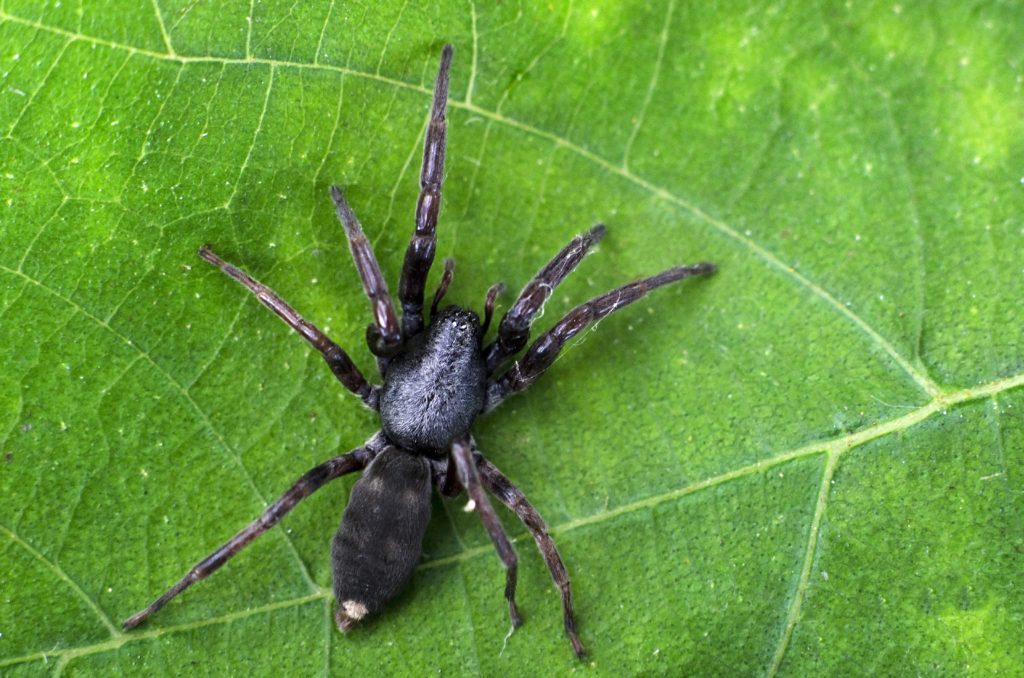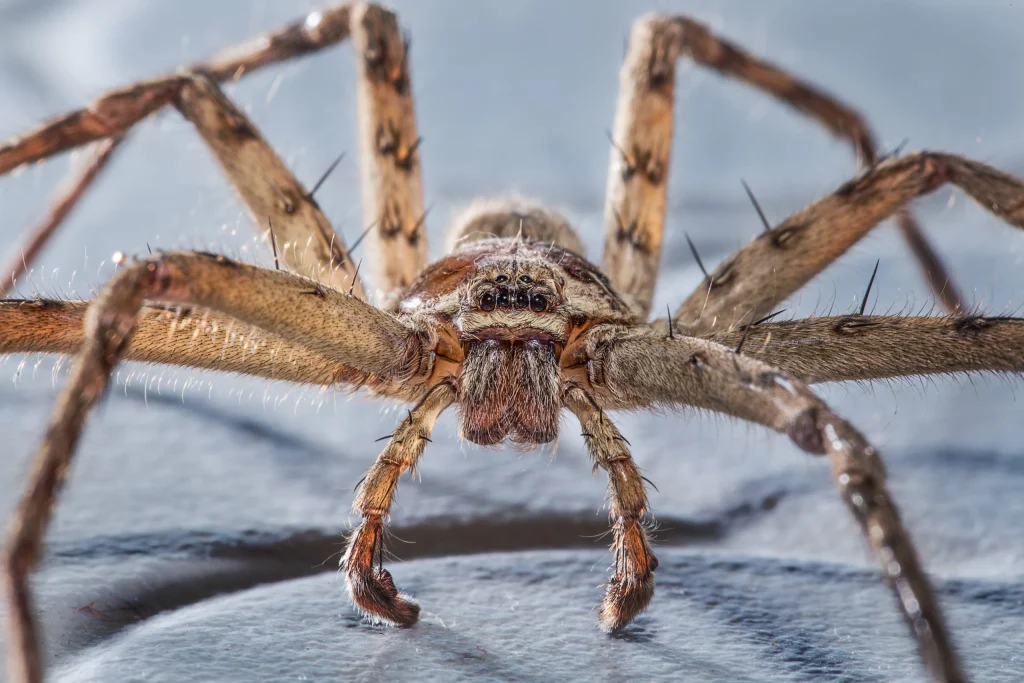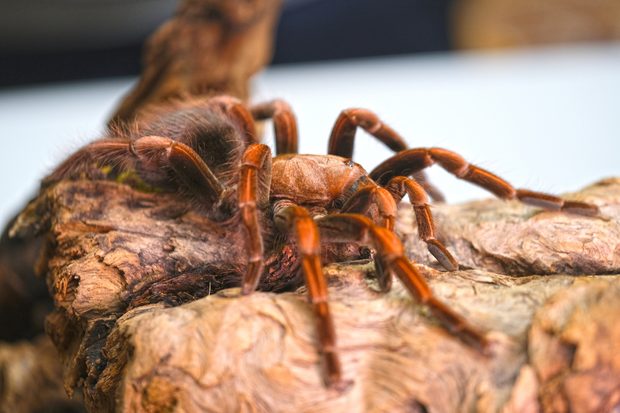Australia is a land of contrasts and natural wonders, from vast deserts to lush rainforests, pristine beaches, and unique wildlife. Among the many fascinating creatures that call Australia home, spiders are some of the most diverse and ubiquitous. With more than 10,000 known species, Australia has one of the most diverse spider faunas in the world, accounting for about 6% of all known spider species. But why does Australia have so many spiders, and what makes them so successful on this continent?
The answer lies in a combination of factors, including geography, climate, and evolutionary history. Australia has been geographically isolated from other landmasses for millions of years, which has allowed its fauna and flora to evolve in unique ways. This isolation has also meant that Australia has been relatively free from major environmental disturbances, such as ice ages or volcanic eruptions, that have affected other regions. As a result, Australia has had a stable and predictable climate for a long time, which has allowed its spiders and other animals to adapt and diversify.
One of the most important factors contributing to Australia’s spider diversity is its varied and dynamic climate. Australia is a large continent with diverse habitats, ranging from arid deserts to tropical rainforests, from temperate woodlands to coastal heaths. Each of these habitats has its own climate, which affects the types of plants and animals that can live there. Spiders are particularly well adapted to living in a range of environments and can be found in almost every habitat in Australia. Some spiders, like the funnel-web spider, are adapted to living in moist, shady places, while others, like the huntsman spider, thrive in hot and dry conditions.
Another factor that has contributed to Australia’s spider diversity is its complex and varied ecosystem. Spiders are important predators in many ecosystems, and their presence helps to control the populations of other insects and small animals. In Australia, spiders are part of a complex food web that includes many other animals, such as birds, reptiles, and mammals. Some spiders, like the golden orb weaver, build elaborate webs that can catch large insects and even small birds, while others, like the wolf spider, hunt for their prey on the ground. This diversity of spider-hunting strategies has allowed them to fill a variety of ecological niches and adapt to different environments.
One of the most intriguing aspects of Australia’s spider fauna is the presence of many venomous species. Australia is home to some of the most venomous spiders in the world, including the funnel-web spider, the redback spider, and the mouse spider. While these spiders can be dangerous to humans, they are also an important part of the ecosystem. Their venom is used to paralyze and kill their prey, which includes insects, other spiders, and small animals. Some of these venomous spiders have also evolved specialized fangs and other adaptations that allow them to defend themselves from predators.
The high level of spider diversity in Australia has also been shaped by evolutionary history. Spiders are an ancient group of animals that have been around for more than 300 million years, and they have undergone many changes during that time. In Australia, spiders have diversified and adapted to different environments over millions of years, resulting in a diverse and highly specialized fauna. For example, many Australian spiders have developed unique hunting strategies, such as the net-casting spider, which uses a silk net to catch its prey, or the trapdoor spider, which builds a silk-lined burrow and waits for prey to pass by.
In conclusion, Australia’s spider diversity is the result of a combination of factors, including geography, climate, ecosystem complexity, and evolutionary history. The stable and predictable climate of Australia has allowed spiders and other animals to adapt and diversify, while the varied and dynamic ecosystems have provided a range of ecological niches for spiders to fill. The presence of many venomous species has also contributed to the diversity of spider-hunting strategies, and their ability to defend themselves from predators. Overall, Australia’s spider fauna is a unique and fascinating aspect of the continent’s natural heritage and one that continues to capture the imagination of scientists and the public alike.

Despite their reputation as fearsome predators, spiders play an important role in the ecosystem. They help to control the populations of other insects and small animals and provide food for a variety of predators, including birds, reptiles, and mammals. Some species of spiders have also been used in traditional medicine and in the production of silk for textiles. The golden orb weaver, for example, produces strong and elastic silk that is highly valued by textile makers.
However, not all spiders in Australia are harmless. Some species, such as the funnel-web spider and the redback spider, have venom that can be dangerous to humans. These spiders are found in many parts of Australia and can cause serious health problems if not treated promptly. It is important for people to be aware of the risks associated with these spiders and to take precautions when working or playing in areas where they may be present.
In recent years, there has been growing concern about the impact of human activities on Australia’s spider fauna. Habitat loss and fragmentation, pollution, and climate change are all threats that could affect spider populations in Australia and elsewhere. Many conservationists are working to protect and restore spider habitats, and to raise public awareness of the importance of spiders in the ecosystem.
In summary, Australia’s spider diversity is the result of a complex interplay of factors, including geography, climate, ecosystem complexity, and evolutionary history. The continent’s varied habitats and stable climate have provided spiders with a range of ecological niches to fill, and their ability to adapt and diversify has resulted in a unique and fascinating spider fauna. While some species of spiders can be dangerous to humans, most are harmless and play an important role in the ecosystem. It is important to continue to protect and preserve Australia’s spider fauna, and to raise public awareness of the value of these fascinating and often misunderstood creatures.
Read More:





